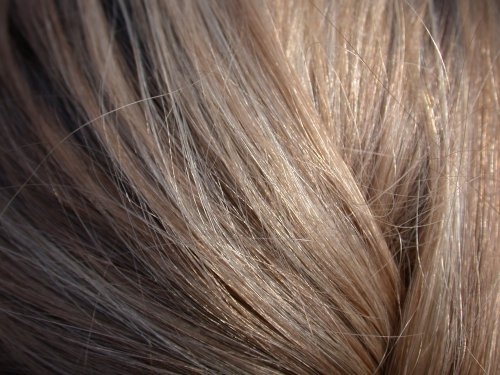New Study Points The Way Towards Healthier Next-Generation Hair Dyes and Perms

Peroxide lighteners and dyes chemically damage hair. A new study shows how alpha lipoic acid protects hair when formulated into hair dyes. Huge implications for that industry.
If you’re one of the millions of people who use commercial hair dyes to lighten or perm your hair, you already know that the peroxide in those products damages your hair. A new study shows that by adding an inexpensive antioxidant to a peroxide hair dye, the hair is protected without affecting the results. This is a golden opportunity for that industry to launch a new generation of better, healthier products.
It’s not really news that peroxide dyes and perms damage hair. The process of dying and perming hair involves chemically breaking and reforming the cysteine bonds in the cuticle and cortex of the hair shaft. These cysteine bonds, or crosslinks, impart essential characteristics to hair such a shape, strength, flexibility and texture. As these structural crosslinks are repeatedly broken and reformed, more and more of them become damaged, and hair progressively loses strength and flexibility.
An interesting study tested the protective effects of a number of potent antioxidants when added to a peroxide-based permanent hair dye formulation. Anti-oxidants were chosen since hydrogen peroxide, a key ingredient in most coloring and permanent wave products, is a potent oxidant.
First, any antioxidants that adversely affected the performance of the dye formulations were excluded from the study. Of the three antioxidants that passed this screening criterion, (alpha lipoic acid, BHT and vitamin E) only alpha lipoic acid provided significant protection.
But an interesting finding was that the protection didn’t arise as a result of lipoic acid’s antioxidant properties. That’s also why the other antioxidants didn’t work. Instead, it was the fact that lipoic acid, like cysteine, possesses a disulfide bond, enabling it to physically protect the cysteine molecule during the process of breaking/reforming.
Even the highest-quality alpha lipoic acid is an inexpensive ingredient by either nutritional or cosmetic industry standards. Will the billion-dollar hair care products industry take notice?
You’ll see cysteine in just about every hair support vitamin for the reasons outlined above. It’s an essential part of hair structure as well as being an essential nutrient in its own right. A protein supplement is a great product to pair up with a hair vitamin if you’re looking to promote healthy hair growth.



